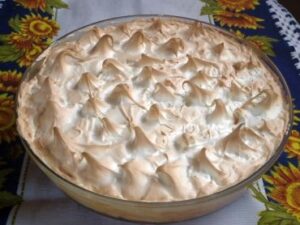
There are eight thousand varieties of rice. Check out what we consume most and their benefits!
Rice, one of the most versatile foods consumed around the world, plays a crucial role in the culinary traditions of different cultures.
Rice is the second most consumed food in the world, second only to wheat. It is an important source of carbohydrates, fiber and protein, and is a versatile food that can be consumed in many ways.
The richness and variety of rice consumed globally reflects not only gastronomic preferences, but also the traditions and cultural histories of each region. From the long-grain rices used in Asian dishes to the brown rices that are gaining prominence in healthy eating trends, the world of rice offers an endless array of flavors, textures and culinary experiences.
Agulhinha or White Rice
This type of rice has long, thin grains and is industrially polished. It is the most common type of rice. To prepare it, use one cup of rice for two cups of water.
Parboiled Rice
It is said to be the most consumed by Brazilians. Because it is partially boiled; the process allows nutrients from the shell to pass into the grain. In doing so, it hardly misses the point.
Integral rice
This type of rice is dark in color, has three times more fiber and is rich in vitamins. It is not peeled or polished. As it is wholemeal, it requires prolonged cooking.
Cateto or Japanese rice
You can also find this type of rice in the whole grain version. Because it has a lot of starch, it needs to be soaked before using. It is ideal for oriental cuisine dishes.
Arborio Rice and Carnaroli Rice
Short, yellowish grain rice. They release a lot of starch during cooking, making them creamy. Ideal for making rice pudding or risottos.
Red Rice
Long-grained, its biggest characteristic is the red film that covers it. This type of rice helps reduce LDL (bad cholesterol) in the blood.
Wild rice
Know that it is not real rice. It is a protein-rich grain with a firm exterior and a soft, clear interior. It can be prepared by mixing with white rice.
Indian or Basmati rice
This type of rice requires no seasoning and has a sweet, nutty aroma. During the cooking process, the grains become loose and dry.
Mom Tips
Brown rice is the healthiest as it contains a good source of fiber, vitamins and minerals.
To sauté, use the garlic at the end of preparing the rice and not at the beginning. This preserves the active ingredient allicin, which is effective in treating coronary heart disease.
Whether or not to wash the rice is optional and we should not get into controversy.
To make good fluffy rice: After removing impurities from the rice, wash it under running water and then dry the grains a little with a paper towel. This prevents the rice from becoming soggy at the end of cooking. In addition to your favorite seasonings, a drizzle of oil is more than enough to season. Cold or hot water to prepare the rice only changes the time it takes to prepare the food. After the rice is cooked, loosen the grains with the help of a fork.
Check it out: oven-baked rice with white sauce.
Source: https://www.receitasdemae.com.br/receitas/arroz-os-mais-consumidos/


